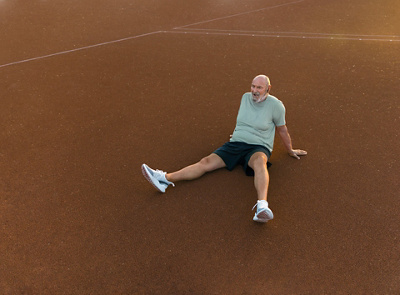Cardiac imaging is a service provided by centres where different medical specialists work closely together and carry out a large number of cardiovascular examinations each year.
The centres are staffed by a team of cardiologists, radiologists, nuclear medicine practitioners, heart surgeons and thoracic surgeons, and specialise in the diagnosis and treatment of diseases affecting the heart, pulmonary vessels and chest (thorax). This includes coronary heart disease (narrowing of the coronary arteries, angina pectoris, heart attacks), heart failure (cardiac insufficiency), diseases and inflammation of the heart muscle, heart deformities, diseases affecting the heart valves or main artery (aorta) and pulmonary hypertension (high blood pressure in the lungs).
The centres use various procedures including echocardiography, computer tomography (CT), magnetic resonance imaging (MRT, MRI) and nuclear medicine examinations such as SPECT and PET.
These highly specialised examinations allow establishing the condition and functioning of the heart and the blood vessels in the lungs. The heart and lungs are in constant motion due to the patient’s heartbeat and breathing, so often several different procedures are necessary and the evaluation must be undertaken by a doctor with a high degree of specialisation in the field.
Computer tomography of the heart provides a precise anatomical image of diseased arteries and diagnoses any abnormal changes (e.g. narrowing). As a result, this procedure has become a common alternative to heart catheter examinations. Nuclear medicine examinations primarily serve to evaluate the blood flow through the tissue of the heart muscle. Magnetic resonance imaging of the heart likewise enables doctors to evaluate blood flow through the heart muscle, however it also provides a variety of options for determining the type of heart disease, e.g. inflammation or disease of the heart muscle or the heart valves, as well as heart deformities.
These examinations are used to diagnose the disease and to plan treatment options such as bypass operations, balloon dilatation, stent placement and operations on the heart valves. The interdisciplinary teams in cardiac imaging centres work together to achieve the best possible results for patients in relation to disease evaluation and treatment planning.

